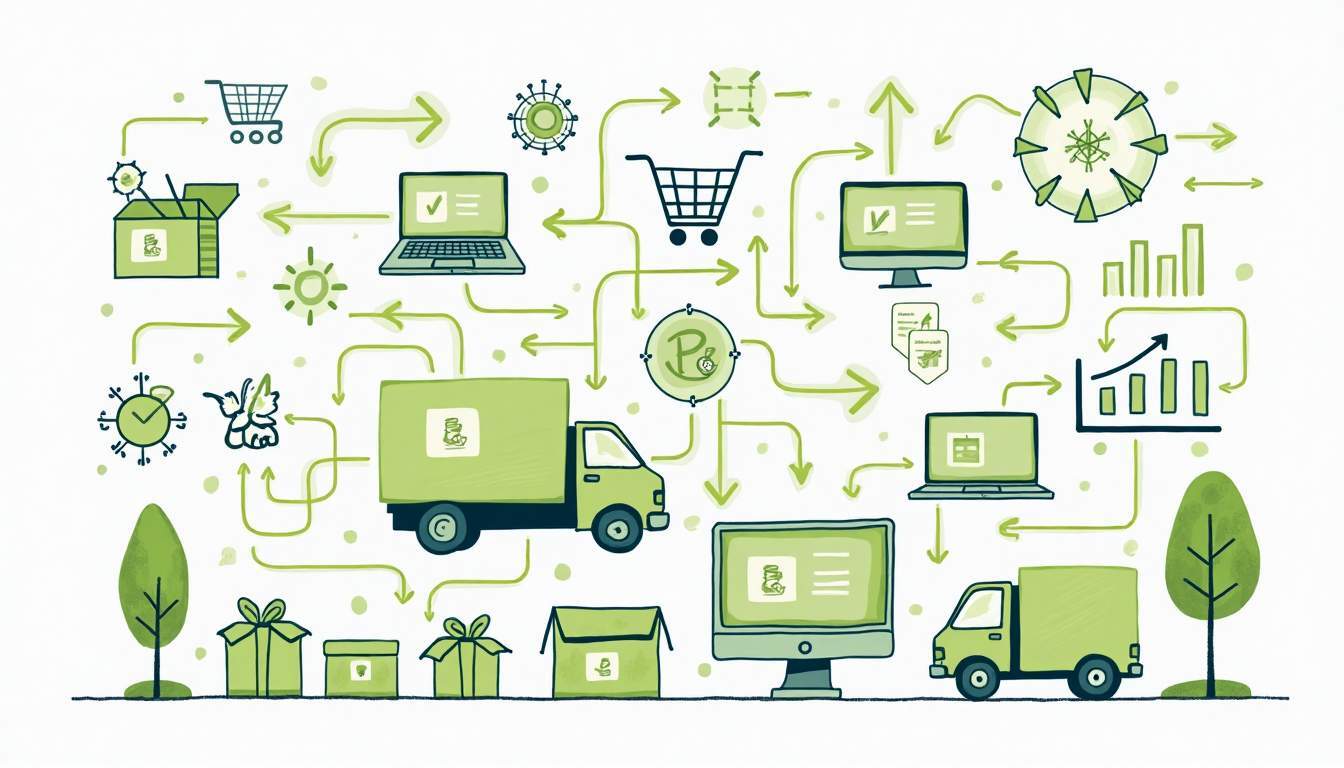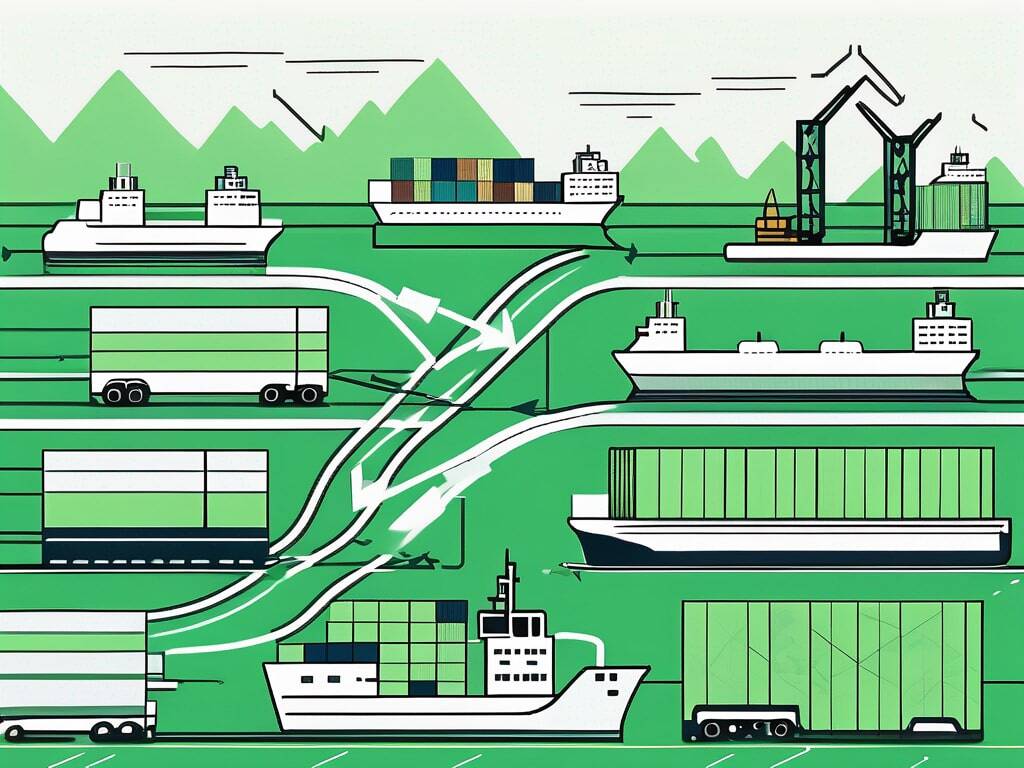Share this
How to Navigate Wholesale in the Supply Chain: Part One
by Christie McLeod on Jul. 12, 2022

Choosing the right partner can make or break your company’s logistics, customer service, and repeat purchases. Using a fulfillment center like Shipfusion frees you from navigating the fulfillment landscape with zero stress. Below are some insights on how Shipfusion can take your business to the next level.
Managing an elaborate network of resellers can be challenging. Resellers are not your employees, and many don’t have the same level of understanding and commitment to your products as you do. You can effectively scale the business across all resellers with good automation and processes without friction.
Wholesale is a wild and crazy place, and it can get downright chaotic if you don’t have a little bit of direction. What you thought would be a successful profit-making venture soon turns into a nightmare of missed shipments, angry customers, and lots of work. Thus you must take into account all aspects of the supply chain, logistics, warehousing, and even sales/account management to see what will work for you, the suppliers, and the customers.
Which Are the Most Common Drawbacks Wholesales Go Against in the Supply Chain?
The following are some of the most demanding challenges at the wholesale level of the supply chain.
Inventory Shortage & Overstocking
It is not uncommon for businesses to experience inventory shortages and overstock at different times throughout the year.
Sometimes there might be an inventory shortage or overstocking of products due to various reasons such as poor forecasting or wrong forecasting models companies use. These poor models lead to problems such as lost sales or increased costs due to excess inventory. These shortcomings can affect the bottom line of both parties involved in this process, i.e., suppliers and retailers.
Wholesales work hard to ensure they have enough inventory on hand to minimize supply disruptions that might lead to stock-outs and lost sales opportunities. However, when there is excess or unnecessary inventory in the distribution center, then this becomes a problem for both retailers and wholesalers, who may end up spending more than necessary on storage costs.
Poor Visibility into Product Profitability
Another challenge faced by supply chain managers is poor visibility into product profitability. This means that they do not know whether any product sold at the wholesale price would yield a profit or loss for their organization. Therefore, they run the risk of losing money every time they make an order from their suppliers.
The problem often originates from poor real-time inventory tracking systems. Important data in the wholesale management, such as the inventory transport, labor, and storage costs, may be overshadowed when the data visibility is low and cause profit blind spots. Working with a 3PL and fulfillment center can help solve this problem.
Faster Delivery Demanded by the Retailers
The demand for faster delivery is one of the biggest challenges retailers face, especially in ecommerce. While some retailers may be ready to pay for faster delivery, it comes at a cost, which can be expensive for some of them.
The challenge is that retailers want their suppliers to deliver products faster but don’t want to pay for it. Customer delivery demands may be out of line with the wholesale delivery schedules, pushing wholesale on edge.
In addition, some customers expect free shipping, which can be a real challenge.
Next Week: Understanding Inventory Optimization
Shipfusion sets your business on autopilot and combines flexible, reliable fulfillment with powerful, real-time technology. Shipfusion has multiple fulfillment centers across the US and Canada– making it easy to manage your eCommerce business. For more information on how to set your business on autopilot, contact one of our fulfillment specialists today.
Share this
You May Also Like
These Related Articles

The Ultimate Guide to EDI for Ecommerce

Wholesale Marketing: Strategies for Success

What to Know Before Working with a B2B Shipping Company
- June 2025 (22)
- May 2025 (27)
- April 2025 (27)
- March 2025 (26)
- February 2025 (26)
- January 2025 (35)
- December 2024 (16)
- November 2024 (22)
- October 2024 (22)
- September 2024 (27)
- August 2024 (9)
- July 2024 (8)
- June 2024 (5)
- May 2024 (8)
- April 2024 (8)
- March 2024 (6)
- February 2024 (6)
- January 2024 (5)
- December 2023 (3)
- November 2023 (3)
- October 2023 (5)
- September 2023 (4)
- August 2023 (2)
- July 2023 (1)
- June 2023 (4)
- March 2023 (2)
- October 2022 (1)
- September 2022 (5)
- August 2022 (4)
- July 2022 (7)
- June 2022 (4)
- May 2022 (4)
- April 2022 (6)
- March 2022 (2)
- February 2022 (1)
- January 2022 (3)
- December 2021 (2)
- November 2021 (4)
- October 2021 (2)
- September 2021 (5)
- August 2021 (4)
- July 2021 (4)
- June 2021 (3)
- May 2021 (2)
- April 2021 (3)
- March 2021 (3)
- February 2021 (3)
- January 2021 (2)
- December 2020 (4)
- November 2020 (2)
- October 2020 (4)
- September 2020 (2)
- July 2020 (5)
- June 2020 (4)
- May 2020 (2)
- April 2020 (2)
- March 2020 (4)
- February 2020 (1)
- December 2019 (1)
- May 2018 (1)
- March 2018 (2)
- February 2018 (3)
- January 2018 (3)
- November 2017 (3)
- July 2017 (4)
- March 2017 (3)
- February 2017 (5)
- January 2017 (3)
- December 2016 (4)
- November 2016 (6)
- October 2016 (6)
- October 2015 (1)
- September 2015 (1)
- June 2015 (3)
- May 2015 (3)
- August 2014 (1)
- July 2014 (1)
- March 2014 (1)
- February 2014 (1)